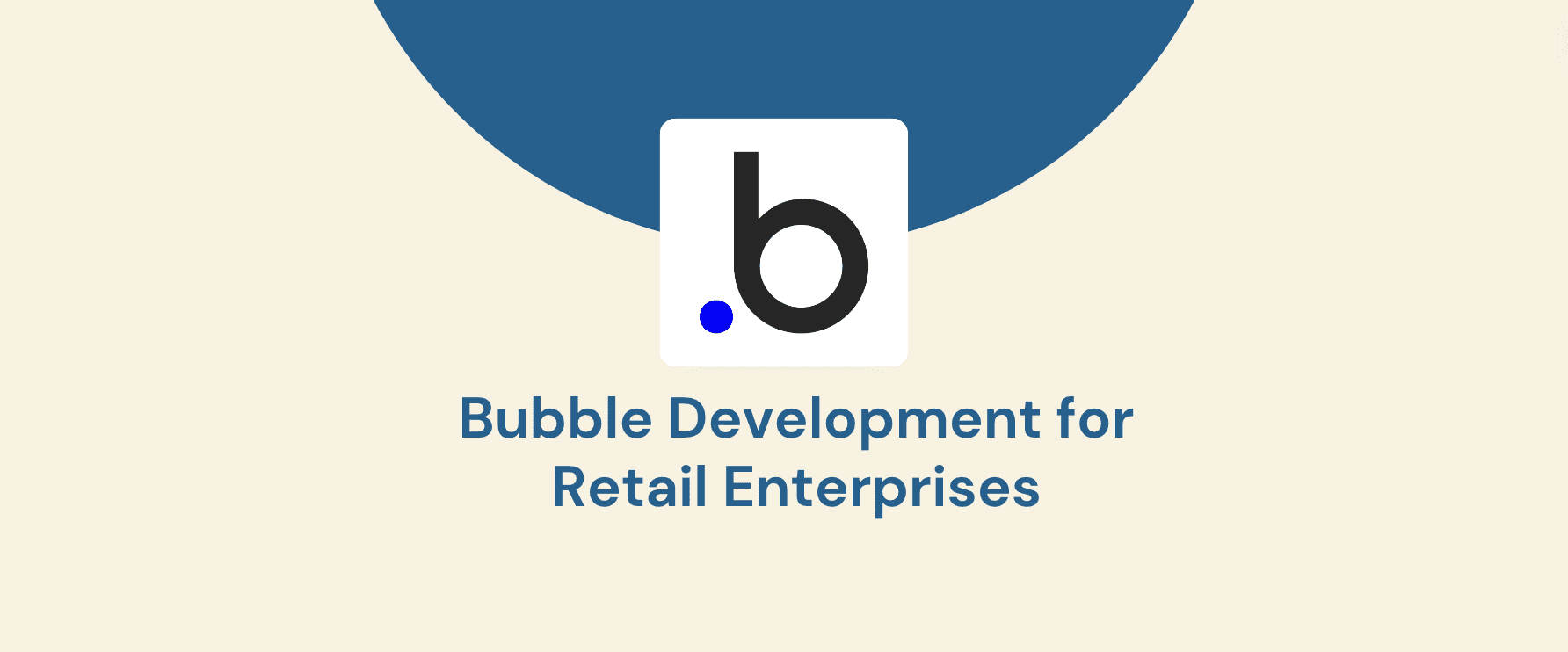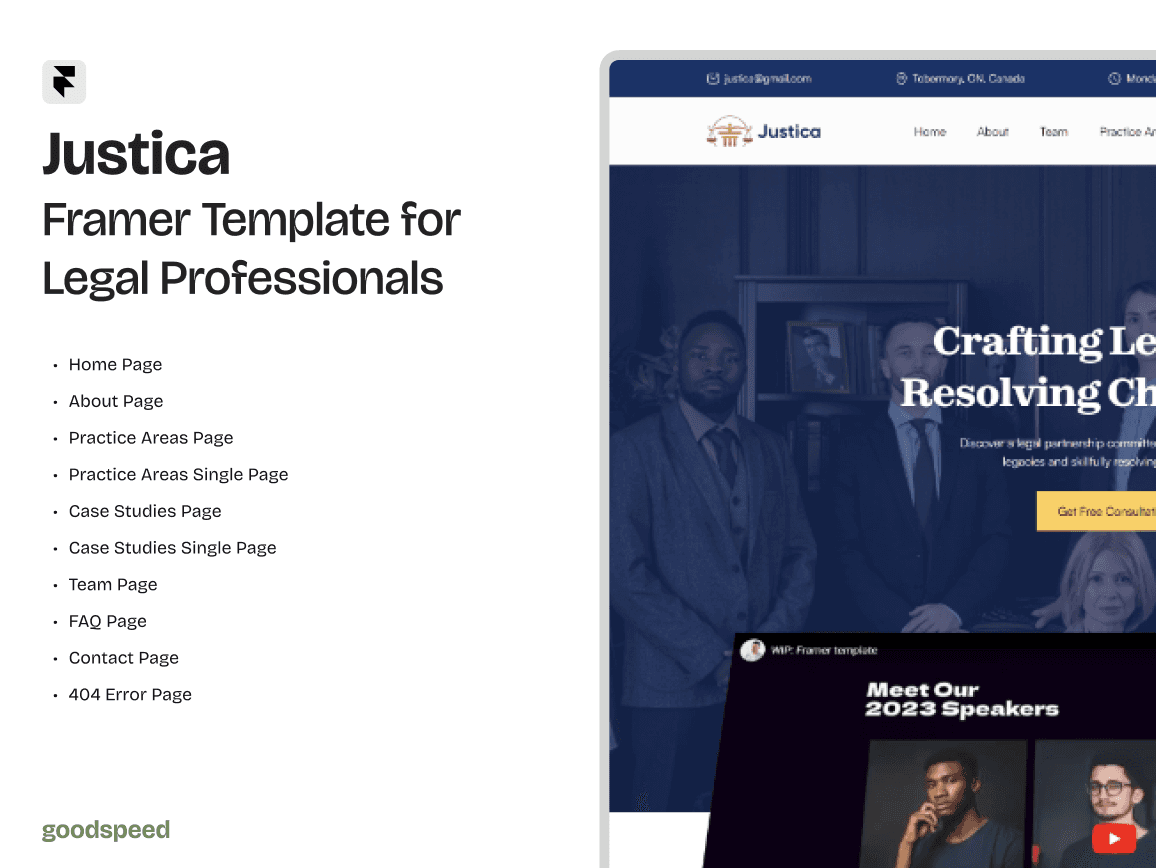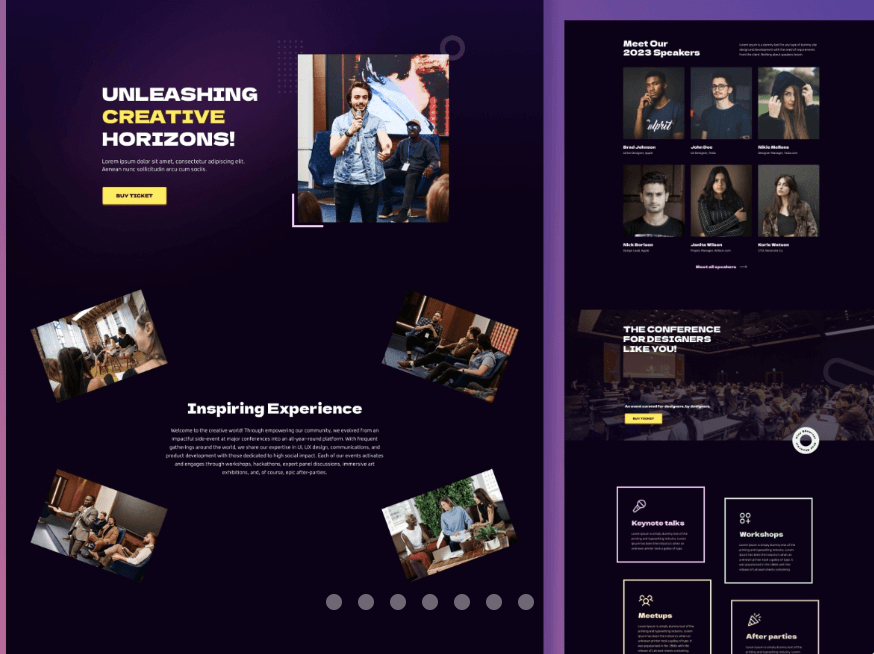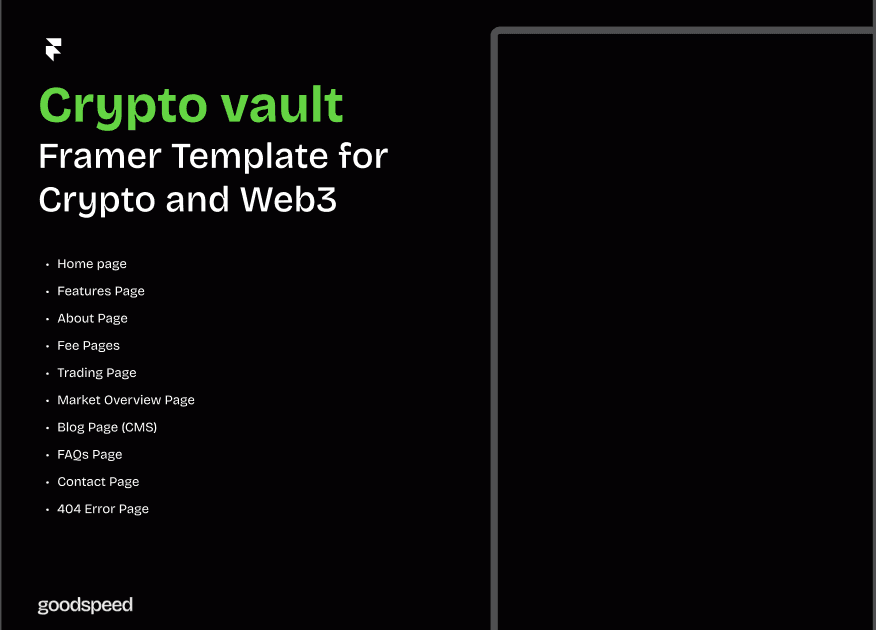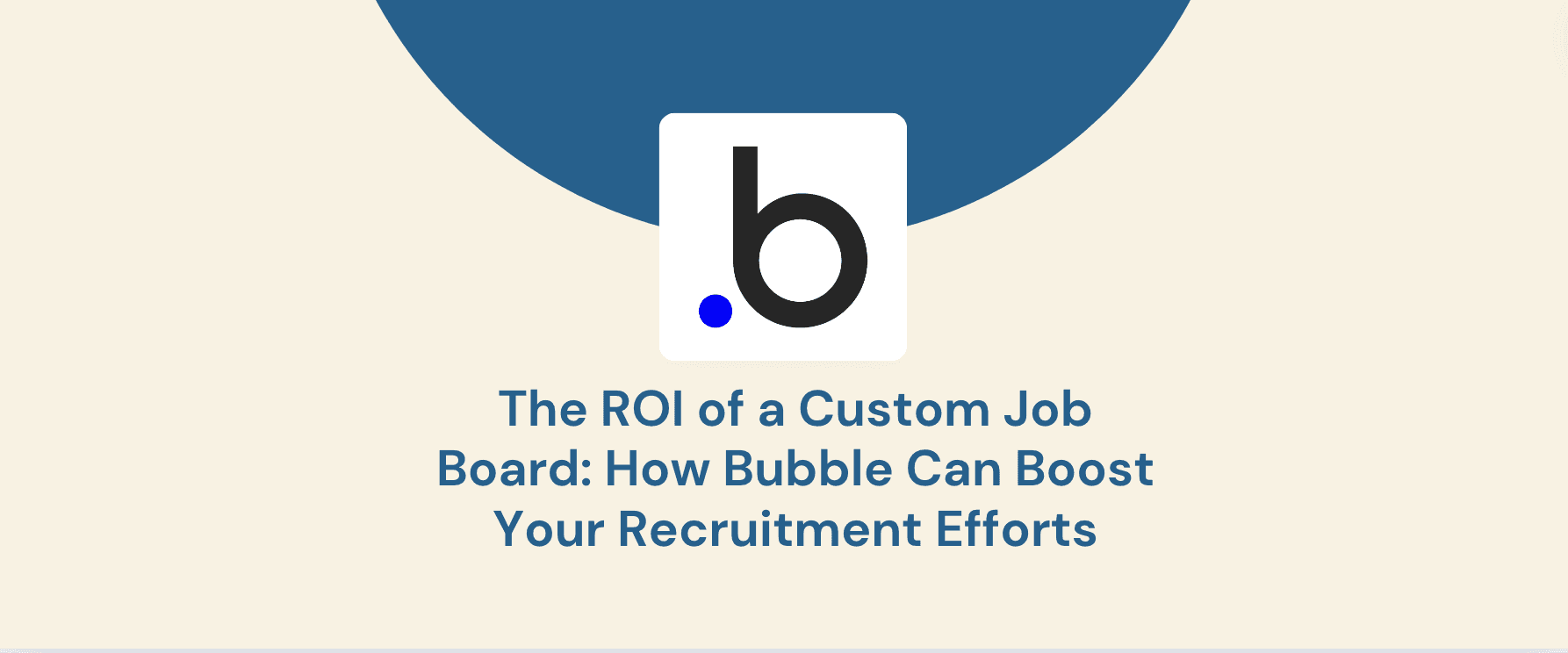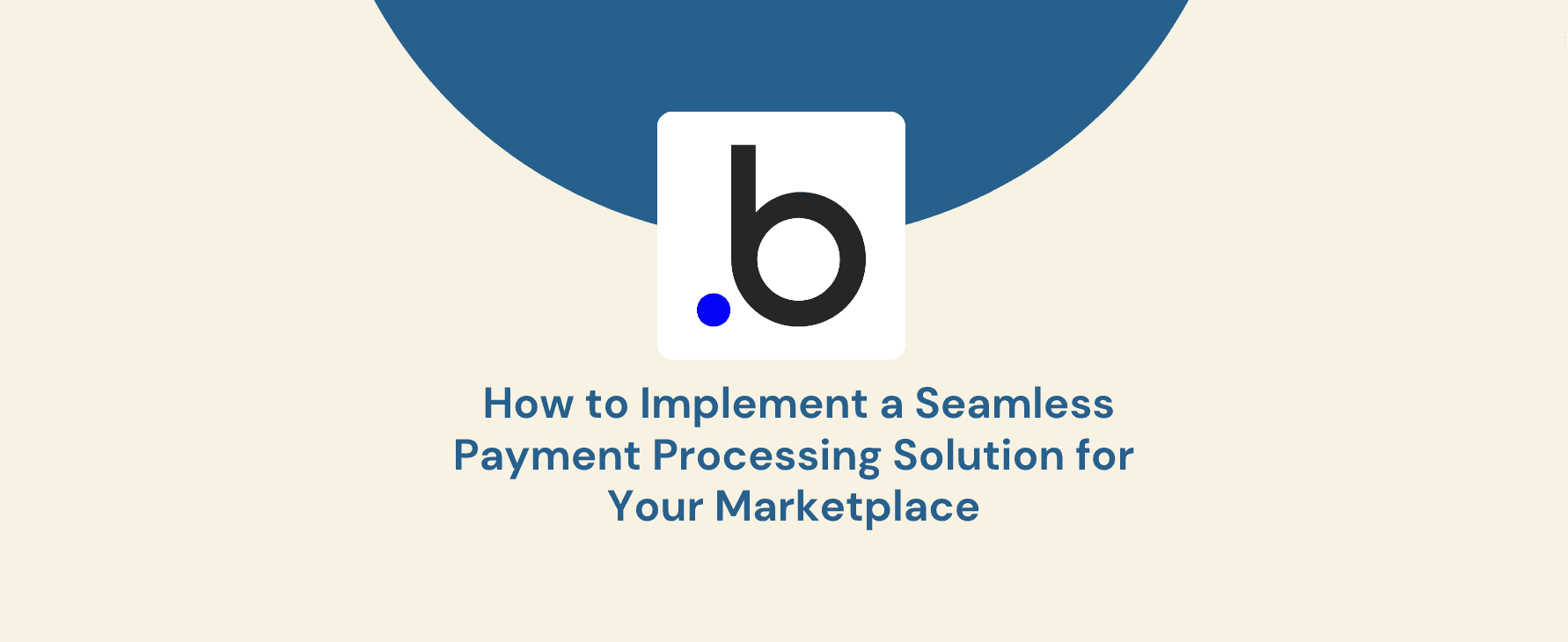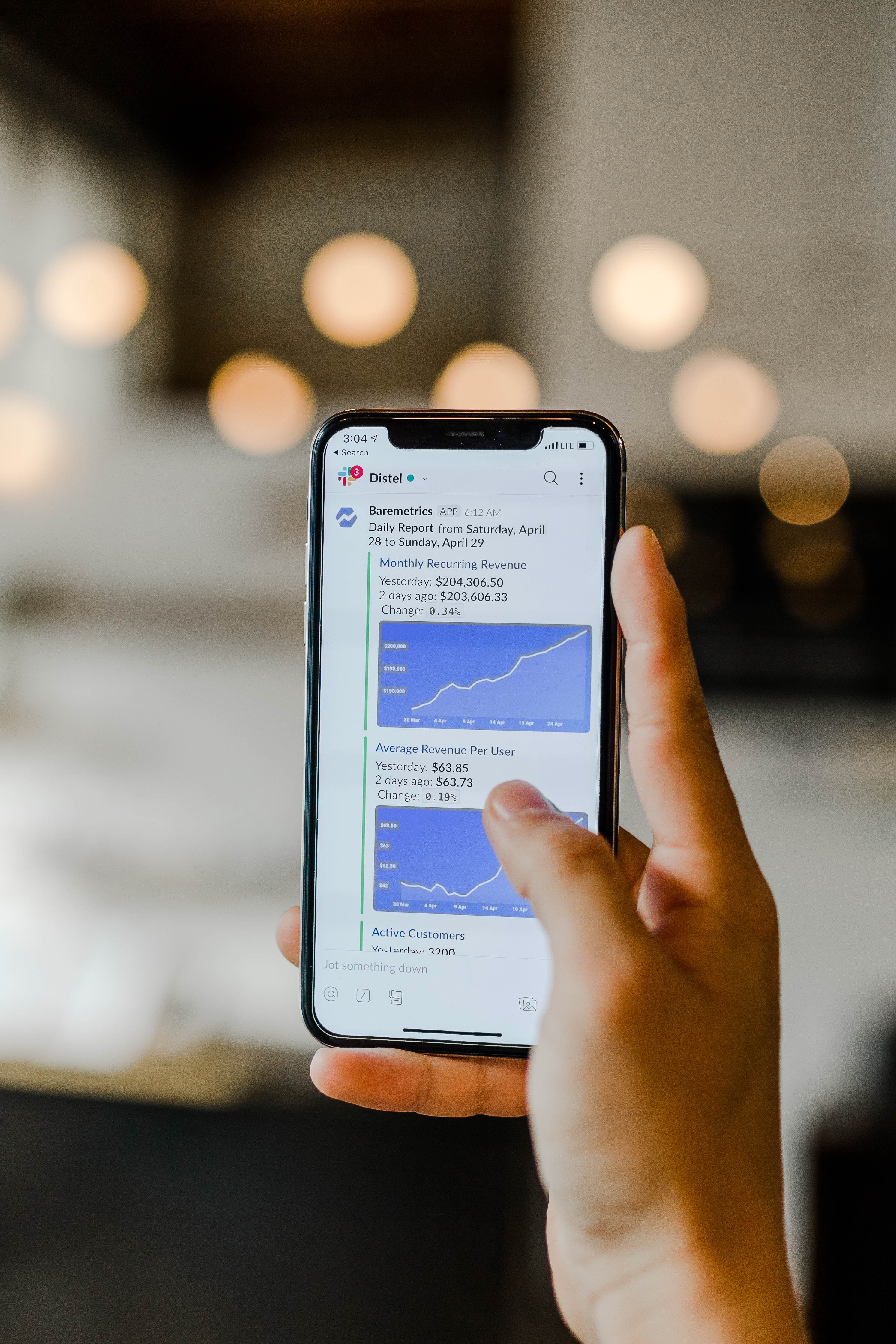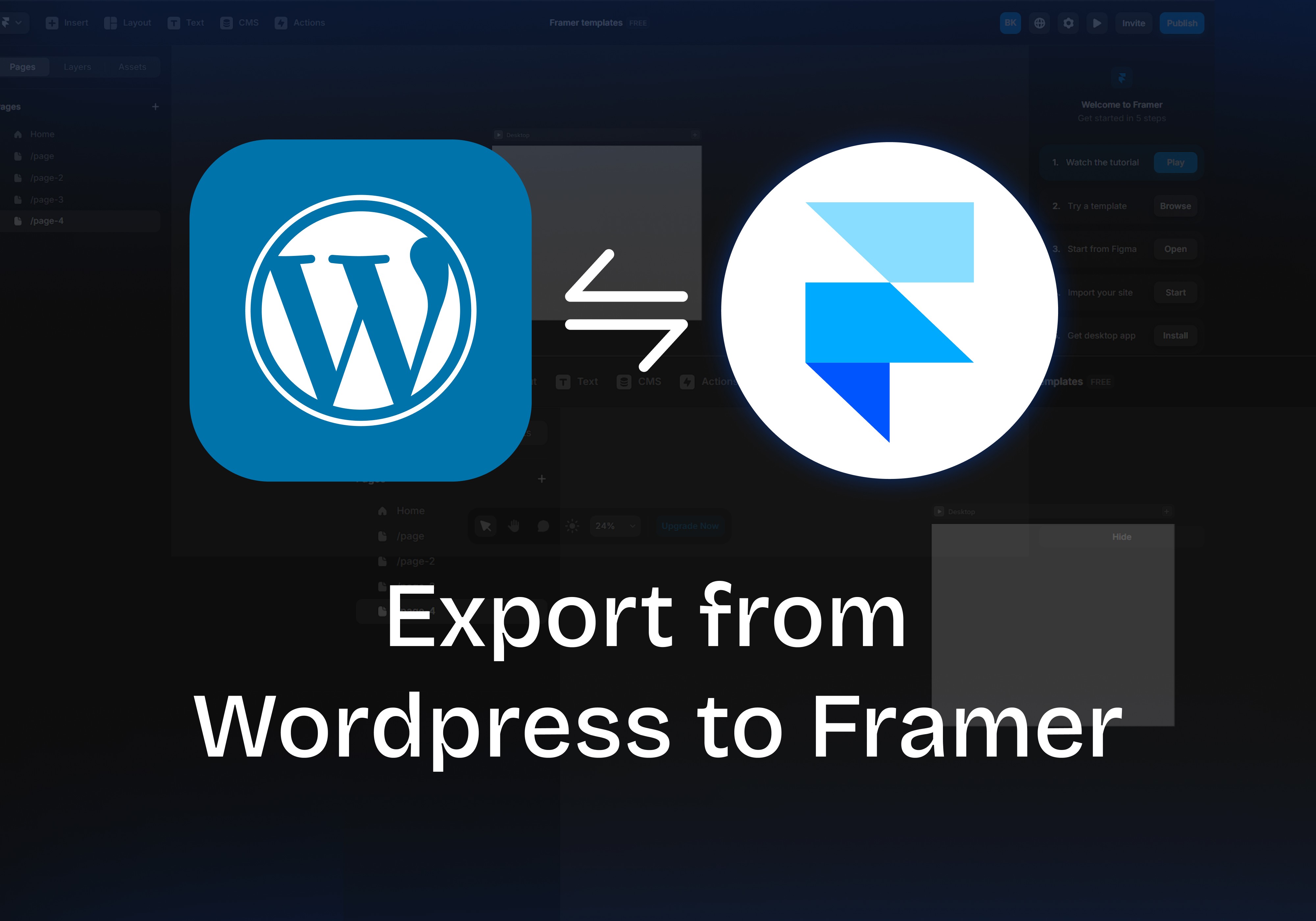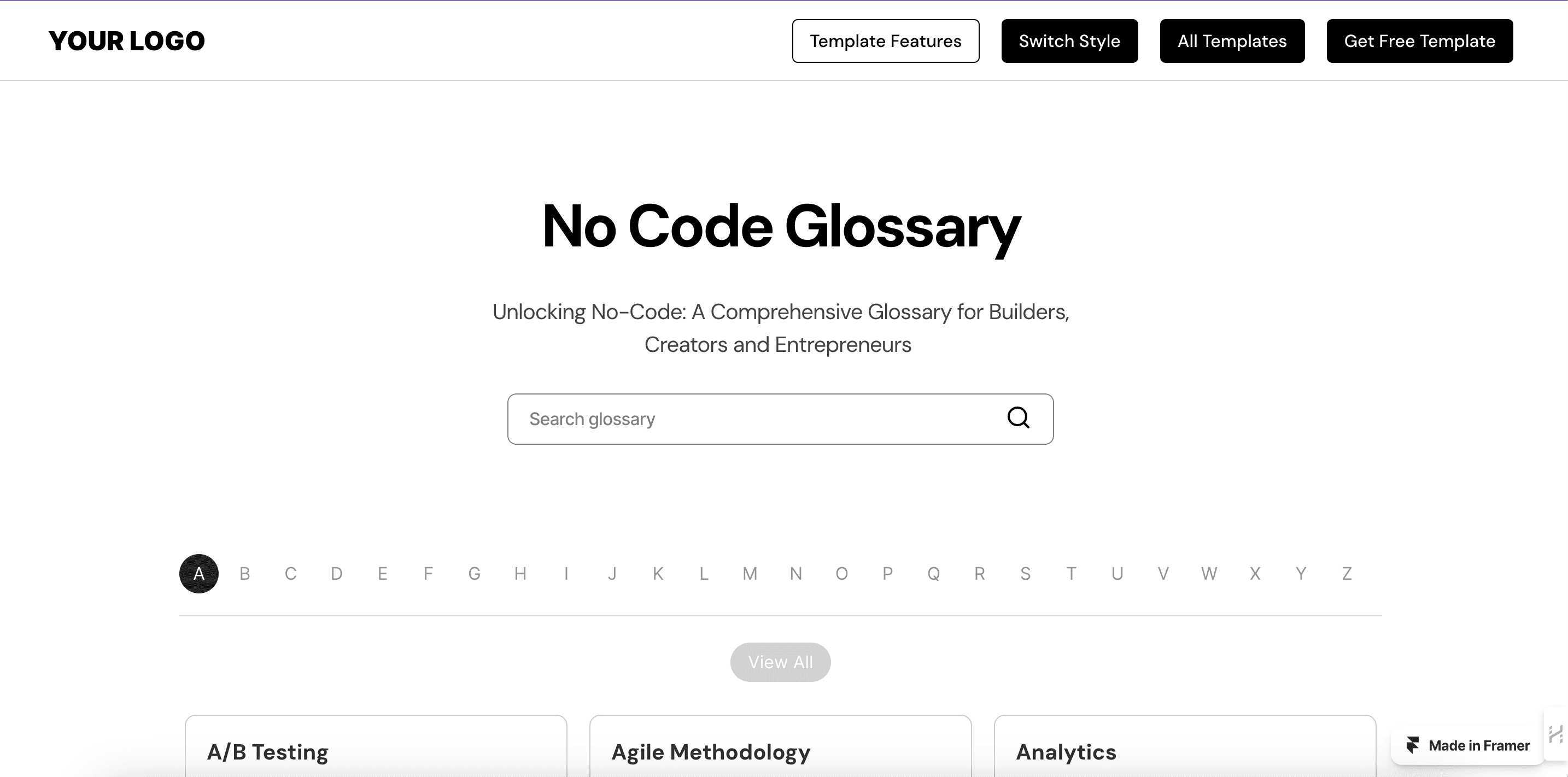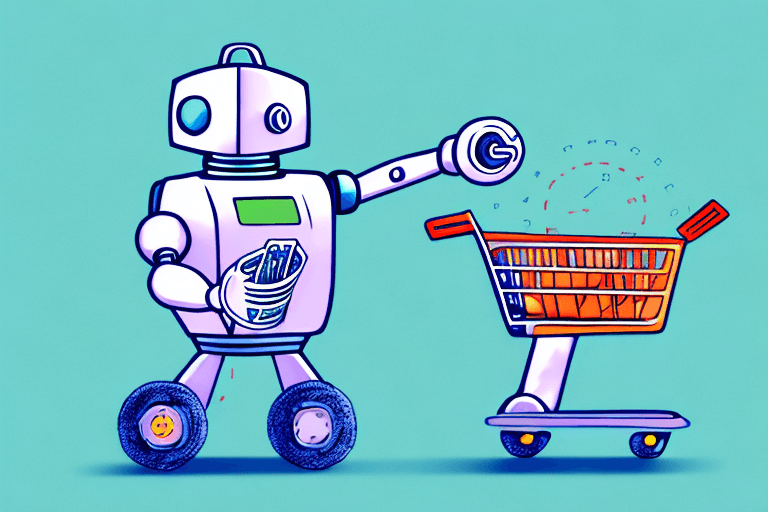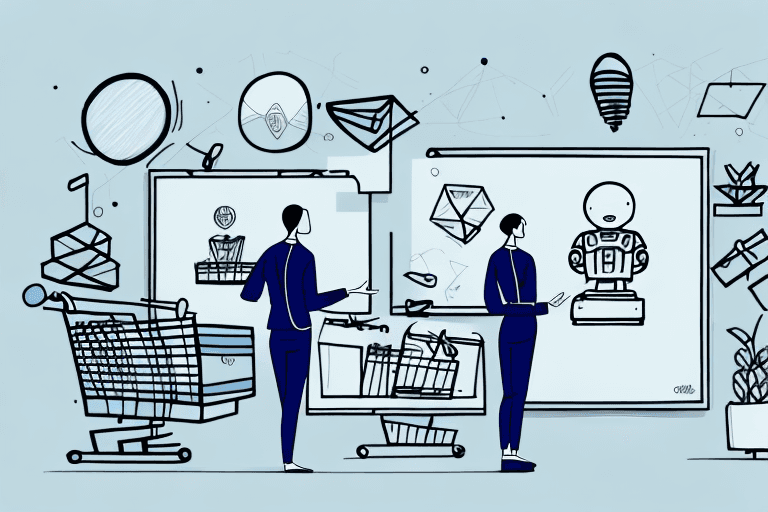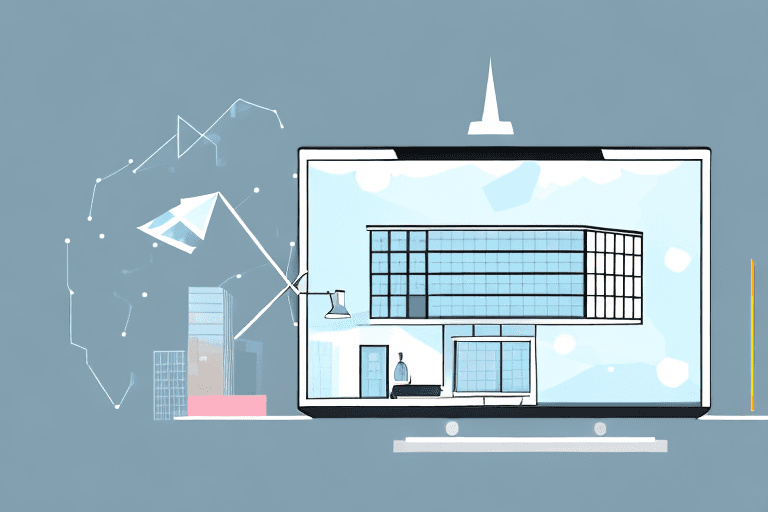14 Jun 2024
Bubble Development for Retail Enterprises: How to Enhance Customer Experience and Increase Sales
Today’s customers expect a seamless and personalised shopping experience, whether online or in-store. This shift in consumer behaviour has pushed retailers to embrace innovative solutions. One such solution is Bubble.io, a no-code development platform that empowers businesses to build custom applications without writing a single line of code.
This comprehensive guide dives deep into the potential of Bubble for retail businesses. We'll explore Bubble's capabilities, delve into strategies for enhancing customer experience and increasing sales, and showcase successful implementations from real-world retailers. By the end of this guide, you'll be equipped to assess if Bubble development can be the key to propelling your retail business forward.
Understanding Bubble and its Capabilities
What is Bubble.io and How Does it Benefit Retailers?
Bubble.io is a revolutionary no-code development platform designed for anyone to create web applications. Instead of complex code, Bubble relies on a visual drag-and-drop interface. This allows even non-technical users to build applications with powerful features, including:
Data Management: Store and manage customer data, inventory, and transaction history with ease.
User Interface Design: Create intuitive and aesthetically pleasing interfaces for web and mobile applications.
Workflow Automation: Automate repetitive tasks and streamline business processes.
Integrations: Connect Bubble with existing tools and services such as email marketing platforms, payment gateways, and social media.
Examples of Bubble in Retail:
Bubble's versatility allows retailers to develop a wide range of applications, including:
Personalized Product Recommendations: Build a recommendation engine that suggests products based on customer purchase history and browsing behavior.
Loyalty Programs: Design and manage interactive loyalty programs that reward customer engagement and drive repeat business.
Inventory Management Systems: Track inventory levels in real-time, optimize stock management, and prevent stockouts.
In-Store Kiosks: Develop interactive kiosks to enhance the in-store experience, providing product information and facilitating self-checkout options.
Enhancing Customer Experience with Bubble
Why Customer Experience Matters in Retail
Positive customer experiences lead to increased customer loyalty, repeat business, and positive word-of-mouth marketing. Conversely, negative experiences can damage brand reputation and drive customers to competitors.
How Bubble Can Help
Bubble empowers retailers to personalize the customer journey across all touchpoints, fostering stronger customer relationships. Here's how:
Personalized Recommendations: Bubble allows integrating with product data and customer behavior to create personalized product recommendations. Imagine a customer browsing for shoes, and Bubble surfaces recommendations based on their past purchases and browsing history.
Omnichannel Engagement: Develop a seamless experience across online and offline channels. For example, a mobile app allowing in-store customers to scan items for product information and reviews.
Streamlined Communication: Bubble facilitates building chatbots for real-time customer support, automating responses to frequently asked questions, and enabling effortless order inquiries.
Loyalty Programs: Design engaging loyalty programs that reward customer loyalty and encourage repeat purchases. Bubble allows creating tiered programs with points redemption, exclusive access to promotions, and gamification elements.
Self-Service Options: Empower customers with self-service tools like appointment scheduling, order tracking, and return/exchange initiation. Bubble simplifies building user-friendly interfaces for these functionalities.
Strategies for Enhancing Customer Experience with Bubble
Focus on User Interface (UI) and User Experience (UX): Create intuitive and visually appealing applications that are easy to navigate and use. Bubble offers a rich set of UI/UX design tools to achieve this.
Gather User Feedback: Actively solicit feedback from customers to understand their needs and continuously improve the application. Bubble integrates well with feedback management tools.
Personalize the Experience: Leverage customer data to personalize product recommendations, content, and promotions. Bubble allows building logic to tailor the experience based on individual customer preferences.
Best Practices for Bubble Development in Retail Enterprises
Building successful applications with Bubble requires a strategic approach. Here are some best practices to ensure a smooth development process and maximise the impact on your retail business:
Clearly Define Your Goals: Before diving into development, clearly identify your business goals. What specific customer experience improvements or sales growth do you aim to achieve with the Bubble application?
Plan Your User Flow: Map out the user journey within the application. How will users navigate through the app to achieve their desired actions? This planning helps create a user-friendly and intuitive experience.
Start with an MVP (Minimum Viable Product): Don't try to build everything at once. Start with a basic version of your application (MVP) that addresses core functionalities. This allows you to gather user feedback and iterate quickly, ensuring the final product aligns with customer needs.
Leverage Plugins and Integrations: Bubble offers a vast library of plugins and integrations for various functionalities. Utilize these resources to enhance the capabilities of your application without extensive custom development.
Prioritize Data Security: Retail applications often handle sensitive customer data. Ensure your Bubble application adheres to best practices for data security, including encryption and access control protocols.
Choose the Right Development Partner: While Bubble offers a no-code approach, complex applications might benefit from partnering with a Bubble development expert. They can ensure technical soundness, scalability, and adherence to best practices.
Tips for Successful Bubble Implementation
Invest in User Training: Provide adequate training for your team members who will be managing and using the Bubble application. This ensures they can effectively leverage its functionalities.
Gather Continuous Feedback: Actively solicit feedback from users throughout the development process and after launch. This feedback loop allows for ongoing improvement and ensures the application remains relevant to user needs.
Track and Analyze Performance: Monitor key metrics relevant to your goals (e.g., conversion rates, customer engagement) to gauge the effectiveness of the Bubble application. Use this data to inform future iterations and optimizations.
Common Mistakes to Avoid in Bubble Development
Ignoring User Experience (UX): Don't prioritize aesthetics over functionality. Focus on creating an intuitive and user-friendly experience to ensure smooth user interaction.
Underestimating Complexity: While Bubble is user-friendly, complex applications can require careful planning and potentially involve code for specific functionalities.
Neglecting Security: Data security breaches can be detrimental. Prioritize security measures from the outset and ensure ongoing maintenance to address potential vulnerabilities.
Failing to Test Thoroughly: Ensure extensive testing before launching the application to identify and address any bugs or glitches that might hinder user experience.
Importance of Testing and Iterating in Bubble Development
The beauty of Bubble lies in its agility. By continuously testing and iterating, you can refine your application based on user feedback and real-world data. This iterative approach ensures your Bubble development stays relevant and delivers tangible results for your retail business.
Frequently Asked Questions (FAQs)
1. Is Bubble.io secure for handling customer data in retail applications?
Bubble.io offers robust security features, including data encryption and access controls. However, it's crucial to implement best practices like strong passwords and user authentication protocols for your specific application. Consider partnering with a Bubble security specialist for complex applications handling sensitive data.
2. Does Bubble.io integrate with existing retail software like point-of-sale systems?
Yes, Bubble offers a variety of plugins and integrations with popular retail software solutions. Additionally, Bubble allows building custom APIs to connect with specific software your business utilizes.
3. What are the ongoing costs associated with Bubble.io development?
Bubble offers a tiered pricing structure based on monthly active users and application complexity. Additional costs might include development fees if you partner with a Bubble expert, as well as potential expenses for plugins or integrations.
4. Can Bubble.io applications be used offline?
Currently, Bubble applications primarily function online. However, some functionalities can be built to work partially offline, allowing users to access specific information or complete certain actions without an internet connection.
5. Is Bubble.io a good fit for building complex e-commerce platforms?
While Bubble can handle many e-commerce functionalities, for highly complex online stores with extensive product catalogs or intricate order management systems, a dedicated e-commerce platform might be a better choice. Bubble excels at creating custom features and integrations that complement existing e-commerce solutions.
6. How long does it take to develop a Bubble application for retail?
Development time depends on the application's complexity. A basic MVP (Minimum Viable Product) can be built in a few weeks, while more intricate applications might take several months.
7. Can I learn Bubble.io on my own, or do I need to hire a developer?
Bubble offers a user-friendly interface and extensive learning resources. For simple applications, you can learn Bubble on your own. However, for complex projects or those requiring specific expertise, partnering with a Bubble developer is recommended.

